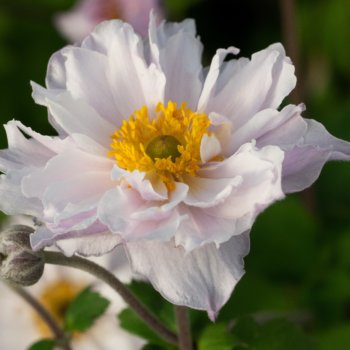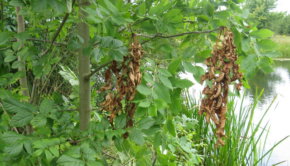More than half of Ireland’s native plant species are in decline
9 March 2023
The most in-depth survey of the Irish and British flora ever undertaken has found that over half of Ireland’s native plant species are in decline.
Thousands of botanists from the Botanical Society of Britain and Ireland (BSBI) have spent the last twenty years collecting data on changes in Irish and British flora. Their findings were published by the Botanical Society of Britain and Ireland (BSBI) in Plant Atlas this month.
The research found that 56% of Ireland’s native species have declined in range and abundance or both. Meanwhile, non-native plant species now outnumber native ones.
While climate change has helped some species to spread north, such as the bee orchid, it is forcing mountain plants like the snow pearlwort to retreat.
The loss of natural habitats due to modern farming methods over the last 70 years has been an unmitigated disaster for wildflowers and all the species that depend on them including insects, bats and birds.
Nitrogen enrichment, habitat degradation and changes in grazing pressure have led to the decline of species such as heather and harebell, while damp meadows being drained have caused a substantial decline in Devil’s-bit scabious.
Sitka spruce has spread further than any other species recorded in the project and the botanists said it will have to be carefully managed to protect peatland habitats and carbon stores.
“There are lots we can do to reverse these declines, but the most important are to increase the protection plants receive, extend the habitat available to them, and place their needs at the very heart of nature conservation,” said Dr Kevin Walker, BSBI head of science and Plant Atlas 2020 co-author.
“We also need to ensure that our land, water and soil are managed more sustainably so that plants, and the species which rely upon them for food and shelter, can thrive.”
Plant Atlas 2020 contains 30 million plant records of 3,445 species collected by almost 9,000 botanists and builds on two previous surveys conducted during the 20th century.




 Print
Print








Fans 0
Followers